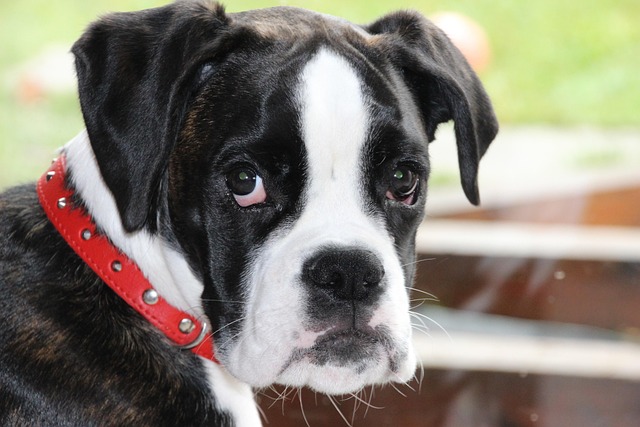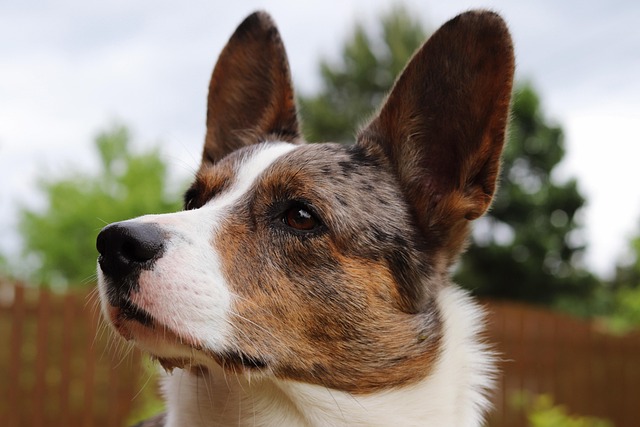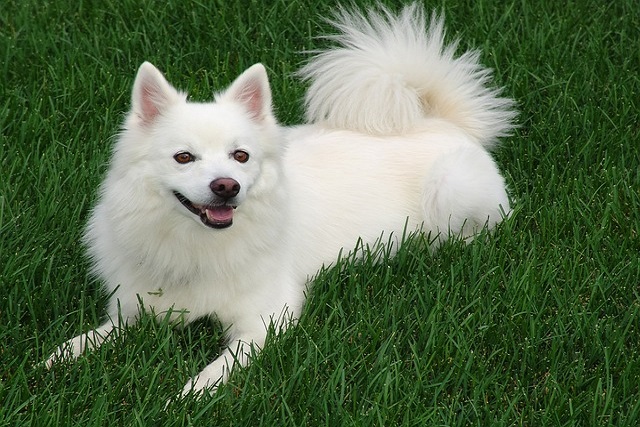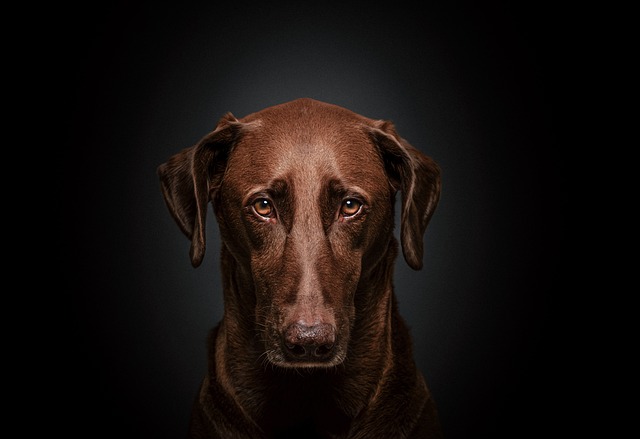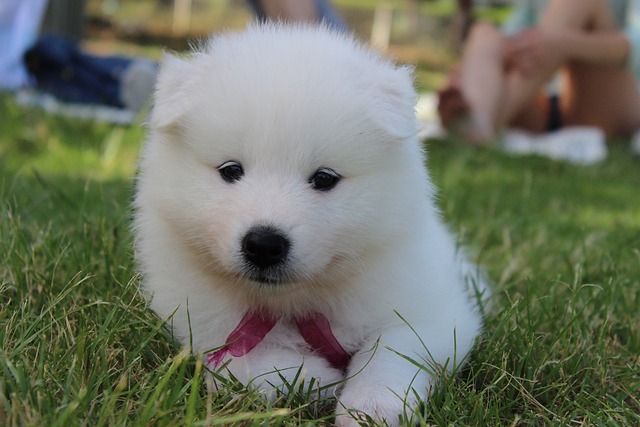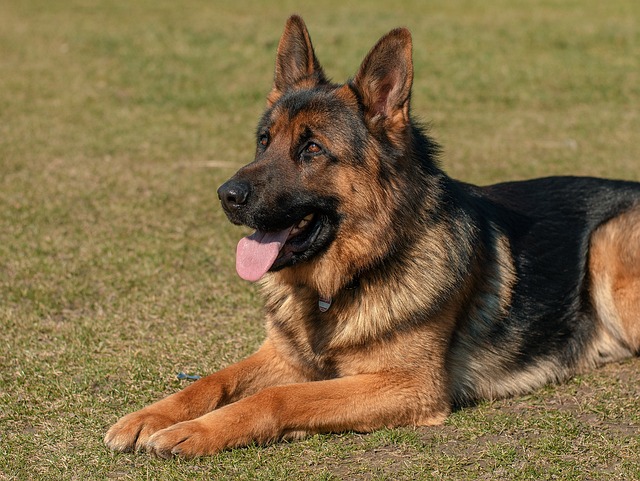Picture this: It’s a bitter February morning in Minneapolis, and your Alaskan Malamute, Koda, just shook off – releasing a cloud of fur that dusts your sofa like fresh snow. You might wonder: Shouldn’t dogs keep their coats in winter? While light shedding happens year-round, heavy winter shedding often signals your dog’s environment is working against their biology. Unlike summer’s predictable "coat blow," winter fluff-loss usually points to hidden stressors.
Biologically, dogs grow thicker undercoats in fall to trap warmth. But crank up the thermostat, and trouble starts: indoor heating parches the air, dehydrating skin and triggering shedding up to 40% above normal. Breeds with double coats (Huskies, Chow Chows) suffer most. Artificial lighting in dark cities like Seattle adds confusion – their hormone-regulating "photoperiod response" mistakes lamp glow for spring sunlight, shedding insulation prematurely. If your short-haired Dachshund sheds excessively, though, it’s a red flag. Dry air cracks paw pads, causing inflammation that travels up the legs and stresses skin follicles.
Managing this starts with humidity control. Place water bowls near radiators or run a humidifier (aim for 40-60%) – your dog’s skin will thank you. Swap wire brushes for rubber curry combs like the Kong ZoomGroom; its nubs lift dead hair without stripping protective oils. Brush twice weekly in slow circles against the fur grain, focusing on the chest and thighs. Dietary tweaks help too: stir a teaspoon of salmon oil into meals to fortify skin barriers. After snowy walks, wipe paws with a damp cloth to remove ice-melt chemicals – salt crystals accelerate dehydration and shedding. For light-starved pups, position their bed near a window or use full-spectrum bulbs to stabilize circadian rhythms.
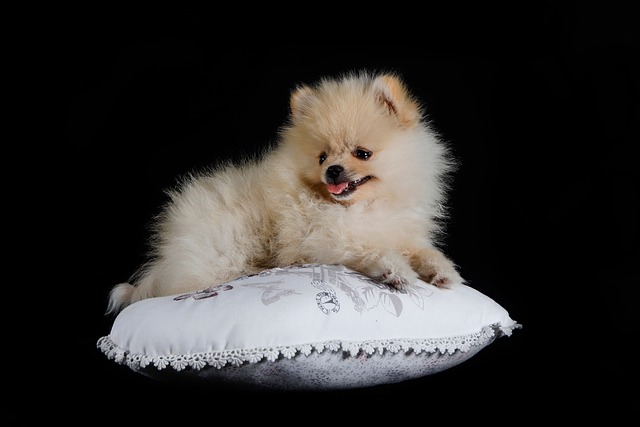
Here’s where winter shedding collides with responsible ownership. Always leash Koda during park grooming sessions – an excited off-leash Lab in Denver once tangled in his brush mid-shake, spooking nearby kids. Those biodegradable poop bags? Non-negotiable, even in blizzards. Neglecting waste risks $200 fines in cities like Chicago and contaminates thawing soil with de-icer chemicals. Apartment dwellers, vacuum shedding zones daily (try robot vacuums for hardwood floors) to prevent fur from drifting into shared hallways. If Koda resists brushing, never force restraint – instead, spread Greek yogurt on a silicone lick mat to distract him during 5-minute sessions. Positive reinforcement builds cooperation; take cues from "Milo’s" owner in Portland who paired brush desensitization with pheromone-calming sprays and cheese rewards.
Excessive shedding paired with bald spots or lethargy demands action. Schedule a vet check to rule out thyroid issues or flea infestations (eggs thrive in heated homes). Update rabies vaccines – expired shots violate laws in public parks nationwide and heighten stress-shedding. Avoid de-iced sidewalks; if unavoidable, use protective waxes like Musher’s Secret. For urban dogs, book mobile groomers for "de-shedding baths" with cool-air dryers – they extract loose fur without overheating.
Ultimately, moderate winter shedding is manageable, but dramatic fluff-loss isn’t normal. By balancing smart home adjustments, gentle grooming, and community awareness, you’ll keep Koda cozy – and your floors fur-minimized – all season.
